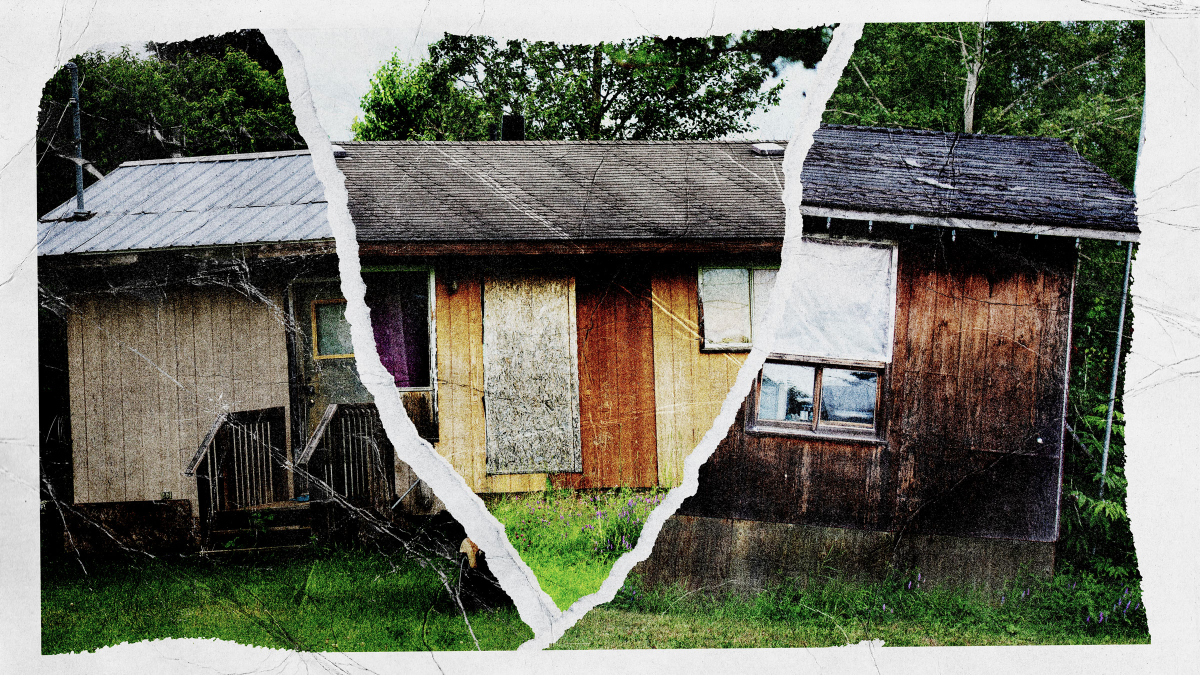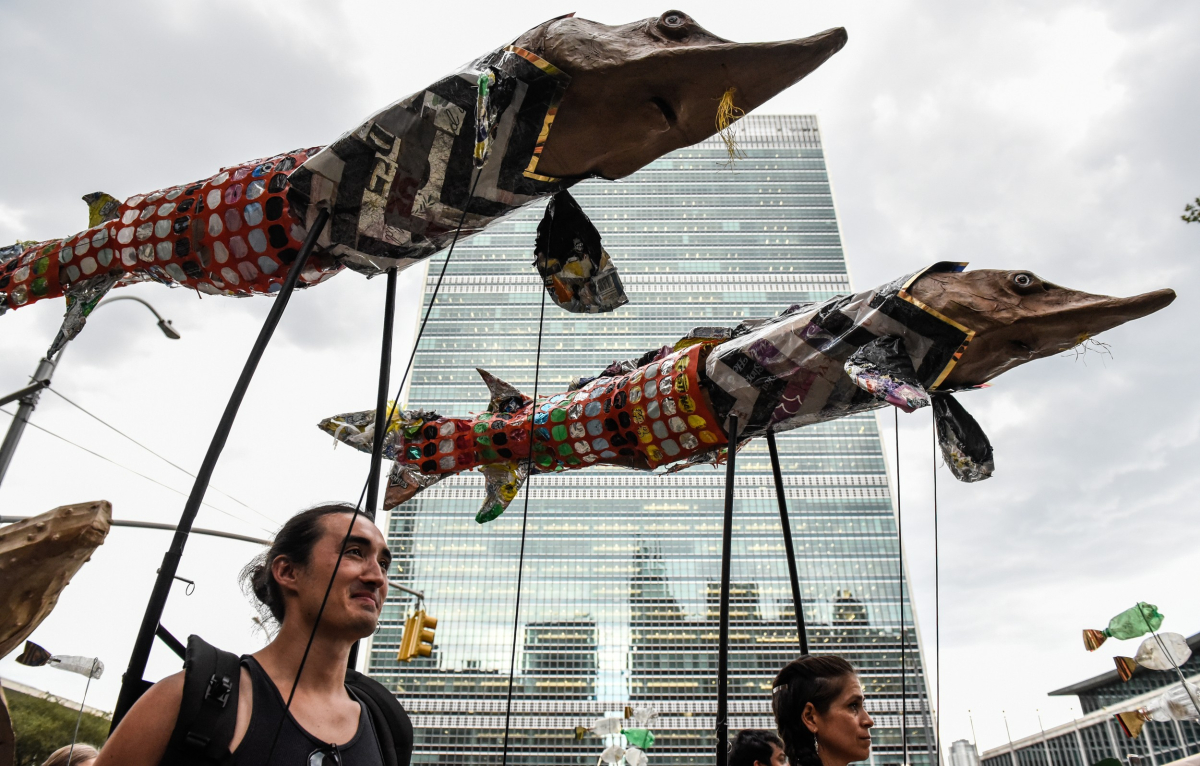
A policy ‘you would never see in a non-Indigenous community’
This all begins with a policy known as the Default Prevention and Management Policy (DPMP). To this day, DPMP gives the Canadian government the option to assume a level of control over First Nations’ finances. This can happen in one of three ways:
- By requiring a nation to submit and follow a government-approved financial plan
- By requiring a nation to co-manage its money with an outside financial manager
- By taking control of a nation’s finances entirely and hiring a financial manager to handle the money
There are many reasons the government might place a First Nation under DPMP, Patti tells me. The most common is budget shortfalls. If a nation is facing an emergency, for example — say, a wildfire or a flood — it might move money around to cover its response to the crisis. In municipalities, this is a standard way to handle a shortfall, she says, but for First Nations, it can have bigger repercussions.
“The reason First Nations are continually penalized for resolving shortfalls is that their income may come primarily from federal transfers and grants, which are governed by federal bureaucratic rules dictating how the money can be spent, as if chief and council were federal employees,” she tells me over email.
“So while the mayor of Fernie may fix a crucial bridge after a flood by delaying construction of a community centre, for example, for a First Nation, this would be labelled ‘mismanagement.’ In a First Nation, the grant for a community centre must be spent on the community centre, and exactly as described in the grant proposal. If there is no money for the bridge, too bad.”
Today, 93 First Nations are under DPMP, though there’s just one nation whose money is controlled by an outside financial manager. But at one point in the early 2000s, more than 180 nations were under the policy.
“It's something that you would never see in a non-Indigenous community,” Patti says. Even the name of the policy speaks volumes.
“It's important to remember that it’s called the default policy, so it implies that First Nations couldn't manage their money or weren't managing their money well, which is a racist trope that has persisted for hundreds of years,” she explains.
“What it says is, ‘I'll just hold on to this money for you.’ That has been at the root of Canada's relationship with First Nations for hundreds of years.”
Running the numbers
Patti, Shiri and Ryan’s investigation found that among 112 First Nations whose finances were either co-managed or fully controlled by a government-appointed financial manager, more than half saw their quality of housing and access to clean water get worse. On the flip side, if nations were left to handle their own money, conditions were more likely to get better.

To get these numbers, the investigation team gathered data from Indigenous Services Canada (ISC) that Shiri had collected through years of freedom-of-information requests, as well as information from Statistics Canada. Patti then analyzed the data and isolated several variables to “make sure it was DPMP that was reflected in the data and nothing else.” The final results came together after reading policy documents, talking things over as a team and working through many different versions of the analysis.

In the end, a statistician reviewed the team’s methods and their final analysis and found no errors. When they showed the findings to ISC and StatCan, neither disputed the analysis. The results were also reviewed by First Nations leaders who had experience with the federal policy, First Nations former “default” managers and First Nations researchers.
‘No one-size-fits-all solution’
When I asked Patti whether anything in the data surprised her, she brought up how long DPMP has been in place — the team found nations under the policy as far back as the 1990s.
“It's 2022 and the federal government, still to this day, has the ability to take over a First Nation’s finances,” she says. “I had thought of that as something that would surely be in the past.”
What happens next remains to be seen. In 2017, the federal government announced it would replace the current policy “with a new, proactive approach,” but there’s no official word yet on what that approach will be. ISC is expected to give an update on its proposed replacement this fall.
“There's promises of all sorts of things,” Patti explains, but no specifics just yet. Even when there are, she points out that First Nations would still have to agree to the government’s proposal. And with more than 600 different nations — each with their own policies and forms of governance — “there's no one-size-fits-all solution.”
Reads of the week

Michelle O’Bonsawin’s Supreme Court appointment a step in the right direction, but still only a step. Matteo Cimellaro explains why some are celebrating the first Indigenous woman appointed to the Supreme Court — but still see the news as just the beginning.
Jason Kenney’s Frankenstein. The Alberta premier is trying to protect the UCP from a dangerous flirtation with conspiracy theories and aimless tough talk, writes columnist Max Fawcett. But the party he created now has a mind of its own.
Canada’s criminal justice system is racist. We need more than apologies to fix it. “Governments and government actors have criminalized people for being Black, Indigenous or racialized, for being poor or houseless, and for having a mental illness or an addiction. They must do more than apologize,” write Moya Teklu and Khaldah Salih. “They must instead try to right their wrongs.”
Trumpism 2.0 and what it means for Canada: "While we shouldn’t blame Americans for all our problems, it’s naive to think that what happens in America ends up staying in America," writes columnist Supriya Dwivedi. "If Trumpism becomes reinvigorated in the U.S. in the lead-up to 2024, Canada will feel it."

Greenpeace urges enviro minister to protect nature ahead of Montreal biodiversity summit. Activists blocked the street outside Steven Guilbeault's constituency office in Montreal, where the federal environment minister — once a Greenpeace activist himself — will help host the UN's biodiversity summit this year.
Why Anjali Appadurai is running an ‘audacious’ campaign to be B.C.’s next premier. The 32-year-old climate justice activist tells Marc Fawcett-Atkinson what made her join the race.
Tiny B.C. coast community launches its first official Pride celebration. Quadra Island held its first-ever Pride event last weekend, bringing 2SLGBTQ+ visibility to the rural community, Rochelle Baker reports.
What is horticultural therapy? Get the lowdown from Hanna Hett on how people are using gardens, plants and nature as a way to improve their well-being.


